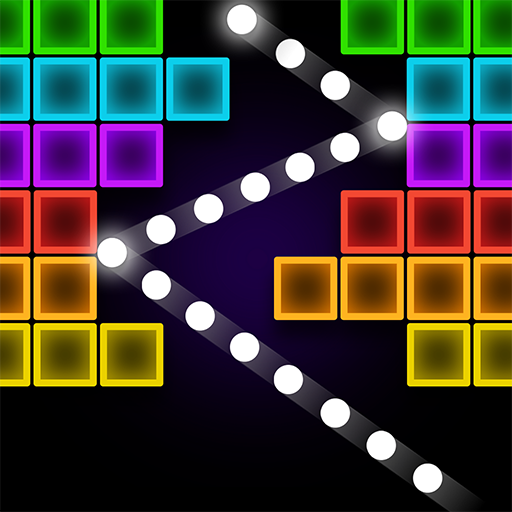AMD Radeon RX 9070: In-Depth Review
The AMD Radeon RX 9070 enters the market at an intriguing juncture for graphics cards. With the recent launch of Nvidia's latest generation, the Radeon RX 9070, priced at $549, directly challenges the underwhelming GeForce RTX 5070. AMD's new offering outshines its competitor, positioning itself as a prime choice for gamers seeking high performance at 1440p.
However, the decision is nuanced due to AMD's own product lineup. The Radeon RX 9070 is only $50 less than the superior Radeon RX 9070 XT. While the $50 price difference reflects an 8% performance gap and a 9% price reduction, it's difficult to overlook the value of spending a bit more for the enhanced capabilities of the XT model. Still, for those choosing between AMD's options, the Radeon RX 9070 presents a compelling case.
Purchasing Guide
The AMD Radeon RX 9070 will be available starting March 6, with a base price of $549. Expect higher-priced variants from various manufacturers. For the best value, consider purchasing a model as close to the starting price as possible, especially given its proximity to the RX 9070 XT's cost.
AMD Radeon RX 9070 – Photos

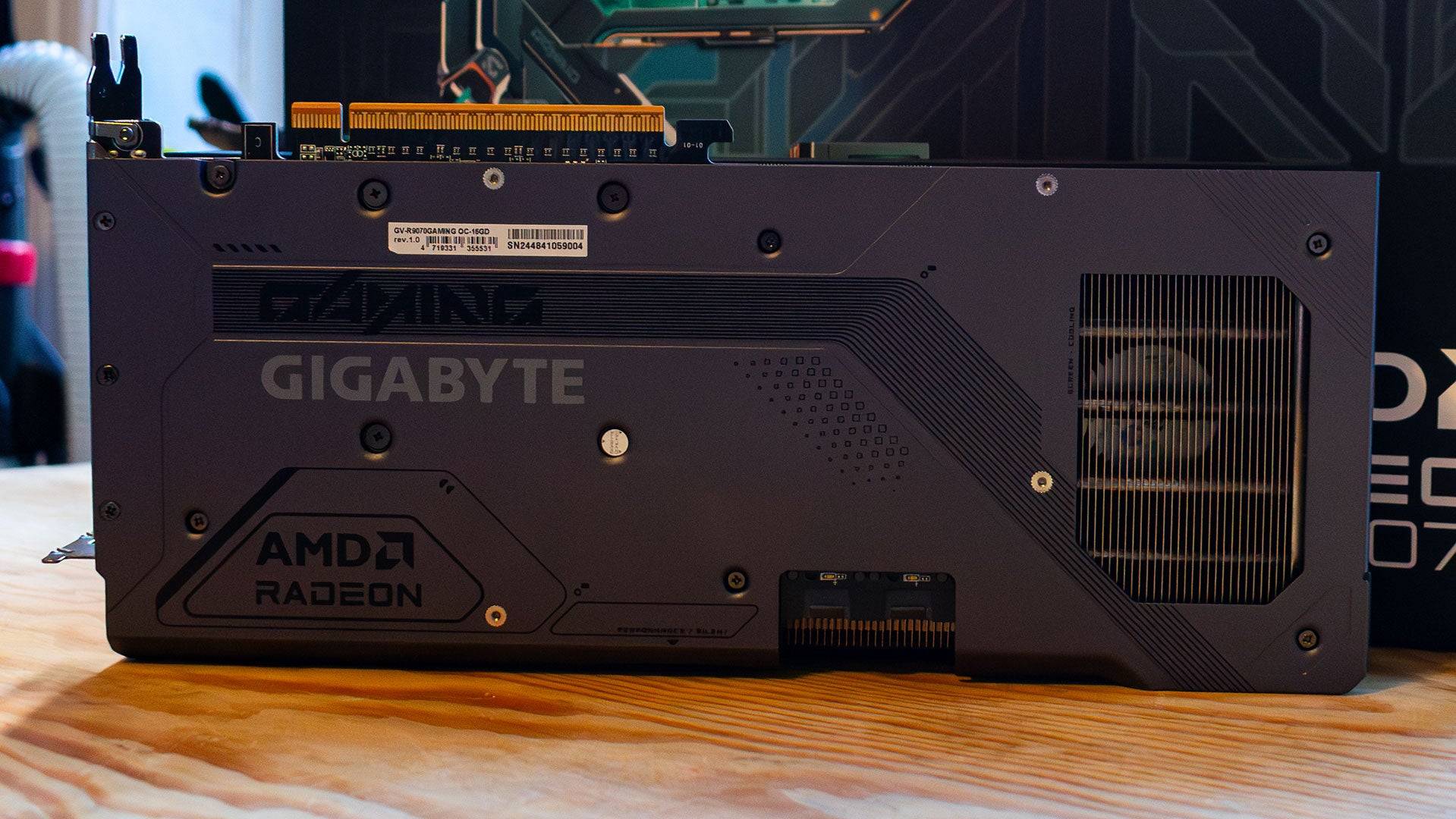 4 Images
4 Images
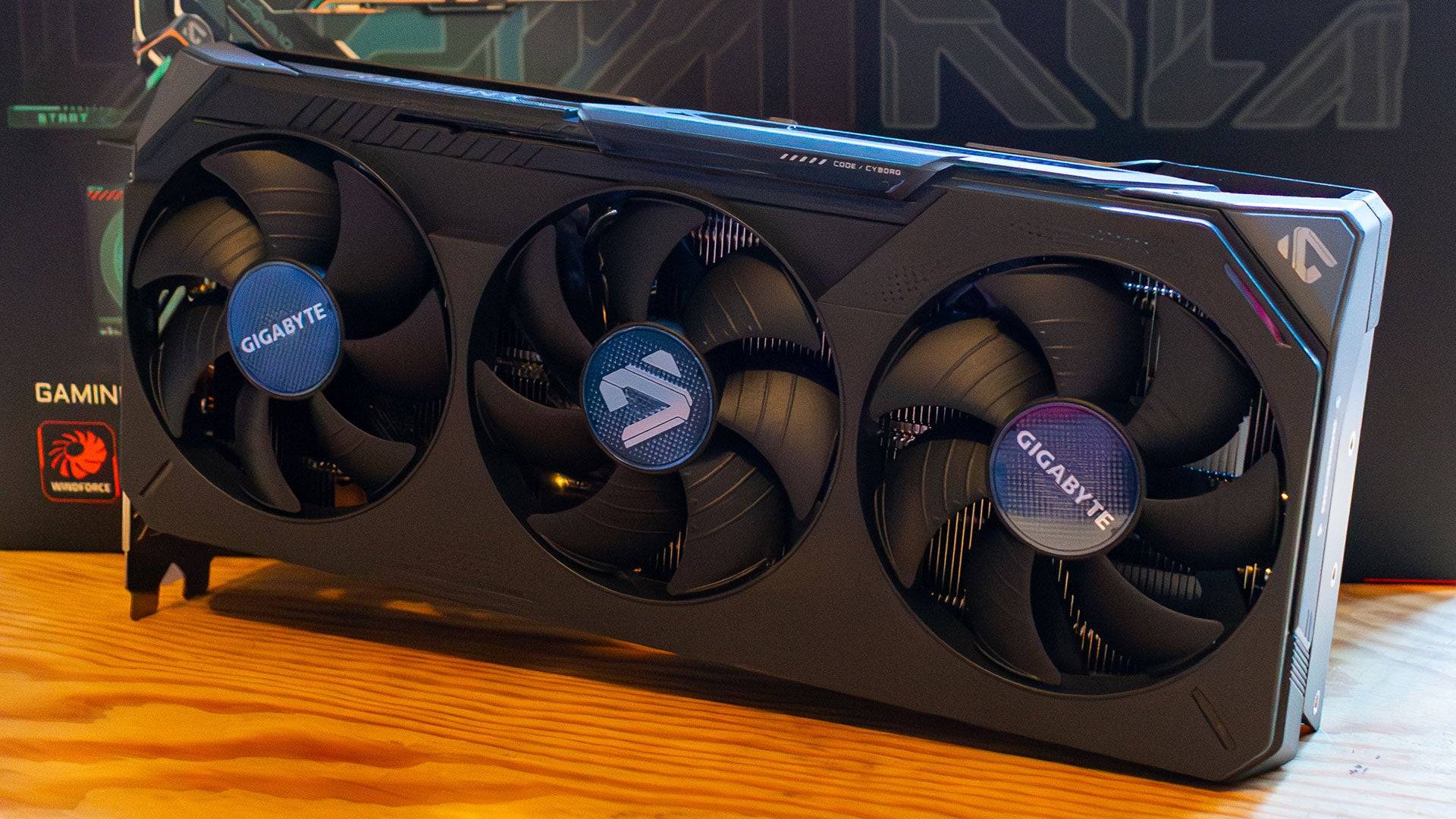
Specs and Features
Built on the RDNA 4 architecture, the RX 9070 shares its foundation with the RX 9070 XT. This architecture significantly boosts performance, allowing the RX 9070 to surpass the previous generation's Radeon RX 7900 GRE, despite a 30% reduction in compute units.
The Radeon RX 9070 boasts 56 Compute Units, each equipped with 64 Streaming Multiprocessors (SMs), totaling 3,584 shaders. Each compute unit includes one Ray Accelerator and two AI Accelerators, summing to 56 and 112, respectively. These enhancements enable the card to compete effectively in games with ray tracing and introduce AMD's FidelityFX Super Resolution (FSR) 4, marking the debut of AI upscaling on AMD GPUs.
The RX 9070 features 16GB of GDDR6 VRAM on a 256-bit bus, mirroring the 7900 GRE's memory configuration and ensuring robust performance for 1440p gaming. While GDDR7, used by Nvidia, could have been a welcome upgrade, it likely would have increased the cost.
AMD suggests a minimum 550W power supply for the RX 9070, given its 220W power budget. My tests showed peak consumption at 249W, suggesting a 600W PSU for safety.
Notably, AMD will not release a reference design for the RX 9070, leaving production to third-party board partners. I reviewed the Gigabyte Radeon RX 9070 Gaming OC 16G, a triple-slot card with a slight factory overclock.

FSR4
Since the rise of DLSS in 2018, AI upscaling has been a game-changer for performance without sacrificing image quality. Previously an Nvidia-exclusive feature, FSR 4 extends this technology to AMD GPUs.
FSR 4 uses AI to upscale lower resolution images to your native resolution, reducing artifacts like ghosting seen in earlier FSR versions. However, this AI processing incurs a slight performance hit compared to FSR 3. For instance, in Call of Duty: Black Ops 6 at 1440p on the Extreme preset, FSR 3 yields 165 fps, while FSR 4 drops to 159 fps. Similarly, in Monster Hunter Wilds at 4K with ray tracing, the RX 9070 achieves 81 fps with FSR 3, falling to 76 fps with FSR 4.
The Adrenalin software allows users to toggle between FSR 3 and FSR 4, balancing performance and image quality. For single-player games, I prefer FSR 4, but FSR 3 might be better suited for fast-paced online titles.
AMD Radeon RX 9070 XT & 9070 – Benchmarks
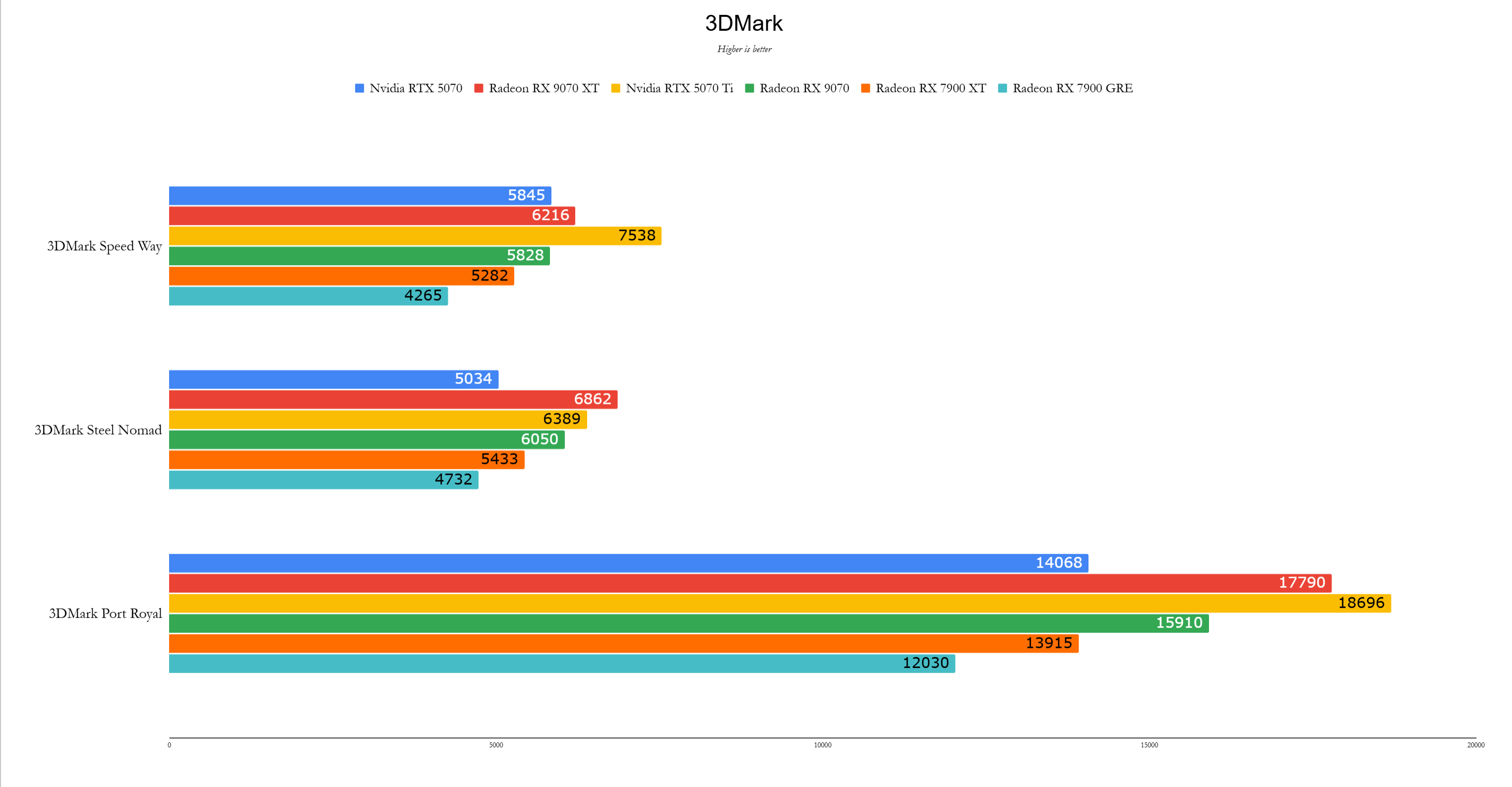
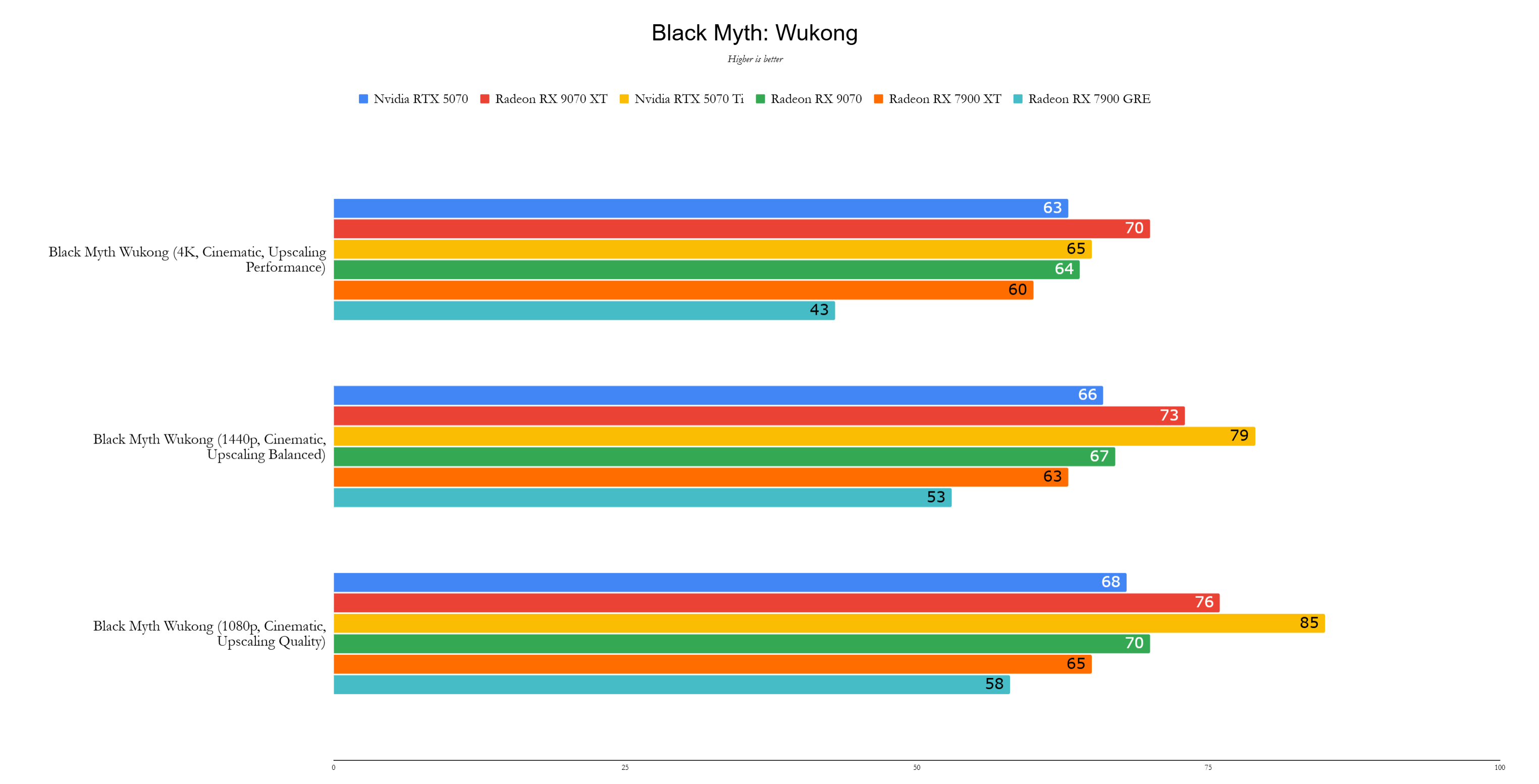 11 Images
11 Images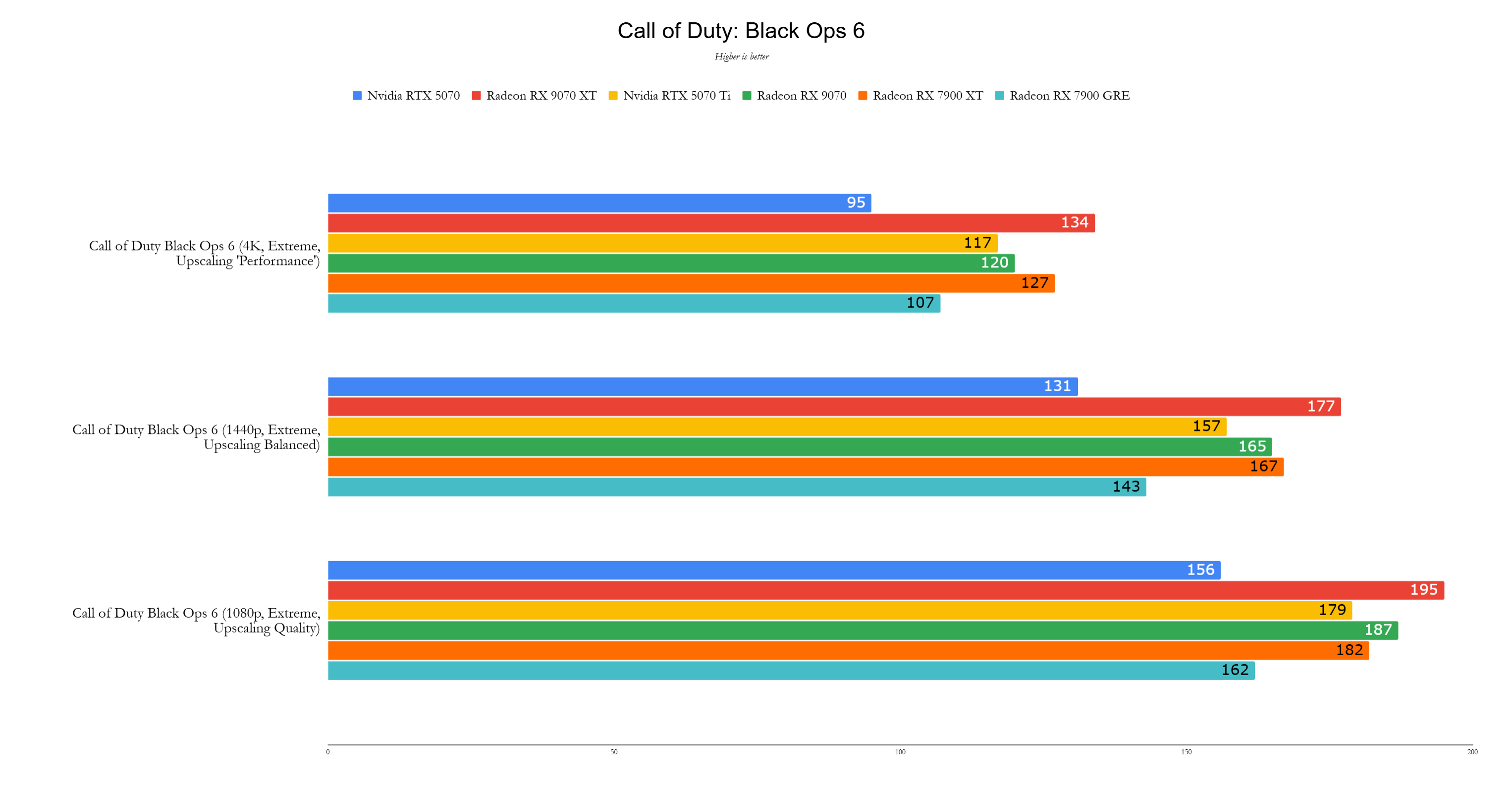
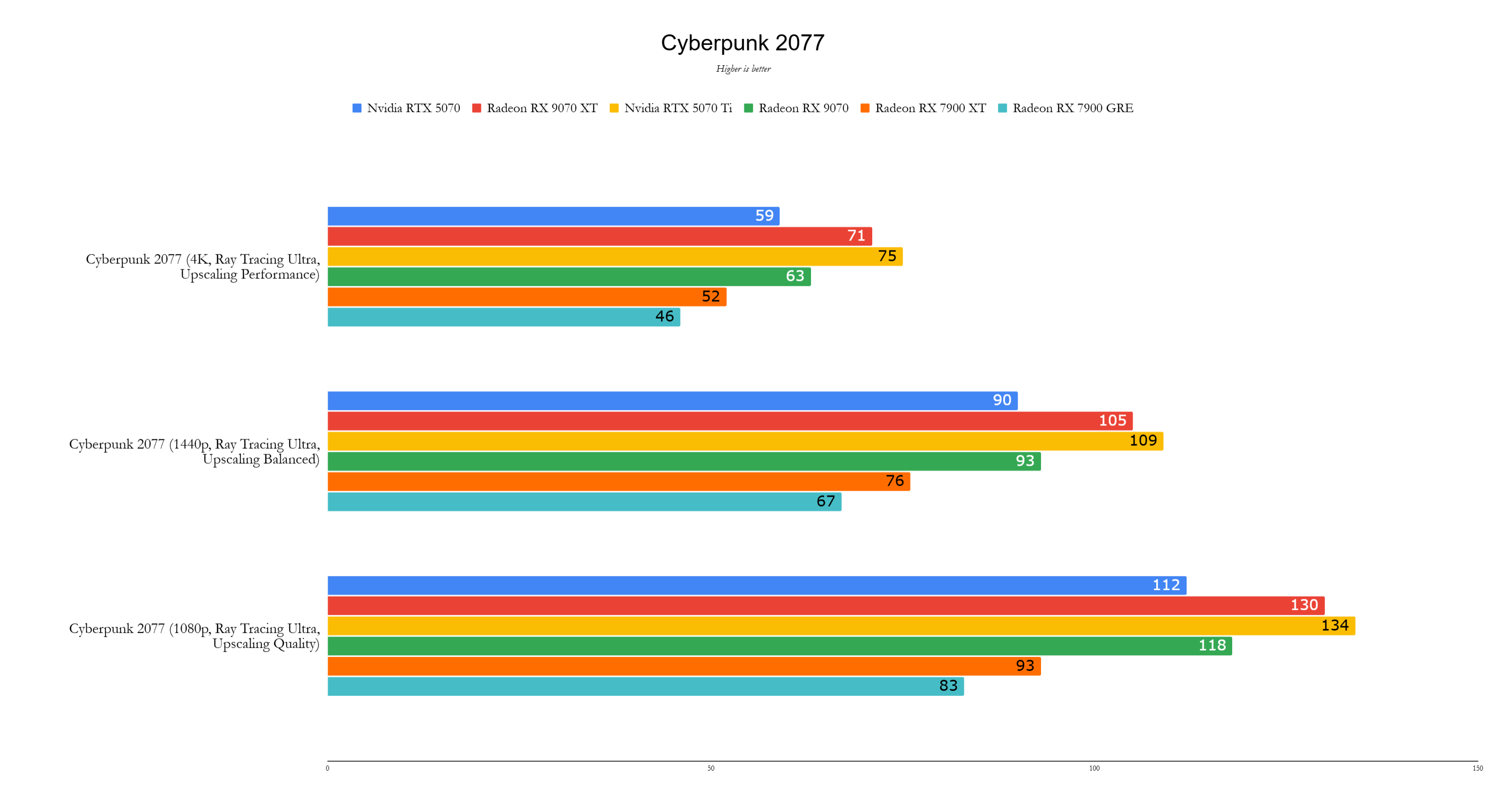


Performance
Priced at $549, the AMD Radeon RX 9070 outperforms the Nvidia GeForce RTX 5070 in most scenarios. At 1440p, it delivers an average 12% speed increase over the RTX 5070 and a 22% improvement over the RX 7900 GRE, despite having 30% fewer cores.
The review unit was a factory overclocked Gigabyte Radeon RX 9070 Gaming OC, with a reported boost clock of 2,700MHz, offering a potential 4-5% performance boost.
All tests were conducted using the latest public drivers available at the time: Game Ready driver 572.60 for Nvidia cards and Adrenalin 24.12.1 for AMD cards. The RX 9070 and RX 9070 XT were tested with review drivers provided by AMD, as was the RTX 5070 with Nvidia's review drivers.
In 3DMark, the RX 9070 scores 5,828 points in the Speed Way test with ray tracing, closely matching the RTX 5070's 5,845 points. However, in the non-ray tracing Steel Nomad test, it significantly outperforms the RTX 5070, scoring 6,050 to 5,034 points.
Test System
- CPU: AMD Ryzen 7 9800X3D
- Motherboard: Asus ROG Crosshair X870E Hero
- RAM: 32GB G.Skill Trident Z5 Neo @ 6,000MHz
- SSD: 4TB Samsung 990 Pro
- CPU Cooler: Asus ROG Ryujin III 360
In Call of Duty: Black Ops 6 at 1440p with FSR 3 set to Balanced, the RX 9070 achieves 165 fps, surpassing the RTX 5070's 131 fps and the RX 7900 GRE's 143 fps. In Cyberpunk 2077 at 1440p with Ray Tracing Ultra, the RX 9070 leads by 3% over the RTX 5070, a notable achievement in a game traditionally favoring Nvidia.
Metro Exodus, tested without upscaling, sees the RX 9070 averaging 71 fps, 11% ahead of the RTX 5070's 64 fps. Red Dead Redemption 2 at 1440p with max settings yields 142 fps for the RX 9070, a 23% lead over the RTX 5070's 115 fps.
In Total War: Warhammer 3 at 1440p, the RX 9070 and RTX 5070 are neck and neck, with 135 fps and 134 fps, respectively. Assassin's Creed Mirage at 1440p with the Ultra preset and FSR set to Balanced sees the RX 9070 at 193 fps, an 18% advantage over the RTX 5070's 163 fps.
Black Myth Wukong at 1440p results in a close race, with the RX 9070 at 67 fps and the RTX 5070 at 66 fps. Finally, in Forza Horizon 5 at 1440p, the RX 9070 averages 185 fps, compared to 168 fps for the RTX 5070 and 152 fps for the RX 7900 GRE.
The Radeon RX 9070's launch timing works in its favor, especially when compared to the RTX 5070 at the same $549 price point. With superior performance and 16GB of VRAM, the RX 9070 not only outperforms but also offers better future-proofing than its Nvidia counterpart.
- ◇ AMD Ryzen 9 9950X3D: In-Depth Review and Performance Analysis May 25,2025
- ◇ Top Retailers for AMD Radeon RX 9070 and 9070 XT Graphics Cards Jul 28,2025
- ◇ Best Buy Launches Prebuilt Gaming PCs with AMD Radeon RX 9070 and 9070 XT Apr 18,2025
- ◇ AMD Zen 5 Gaming CPUs 9950X3D, 9900X3D, 9800X3D Now Available Apr 21,2025
- ◇ Best Deals on AMD Radeon RX 9070 & 9070 XT Prebuilt Gaming PCs Starting at $1350 Apr 15,2025
- ◇ AMD Radeon RX 7900 XTX Review: Performance Tested Mar 14,2025
- ◇ Tech Deals: PS Portal, PS5 Controllers, Ryzen CPUs, iPad Air Mar 13,2025
- 1 Silent Hill 2 Remake Confirms Xbox, Switch Release in 2025 Feb 08,2025
- 2 Dragon Soul Tier List: Ultimate Guide May 12,2025
- 3 Connect Asus ROG Ally to TV or Monitor: Easy Guide Apr 06,2025
- 4 "Persona Games and Spin-Offs: Complete Chronological List" Apr 09,2025
- 5 The Best Marvel Contest of Champions Tier List for 2025 Mar 19,2025
- 6 Fix 'Can't Connect to Host' Error in Ready or Not: Quick Solutions Jun 13,2025
- 7 Assassin's Creed Shadows: Max Level and Rank Cap Revealed Mar 27,2025
- 8 How to Run JioHotstar on PC with BlueStacks Feb 28,2025
-
Top Arcade Classics and New Hits
A total of 10
-
Addictive Arcade Games for Mobile
A total of 10
-
Android Apps for Video Content Creation
A total of 10












![Roblox Forsaken Characters Tier List [UPDATED] (2025)](https://img.actcv.com/uploads/18/17380116246797f3e8a8a39.jpg)






